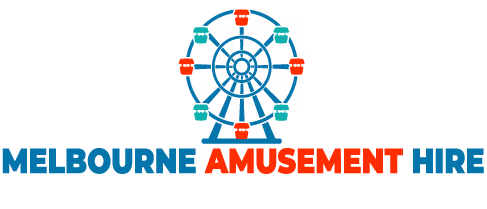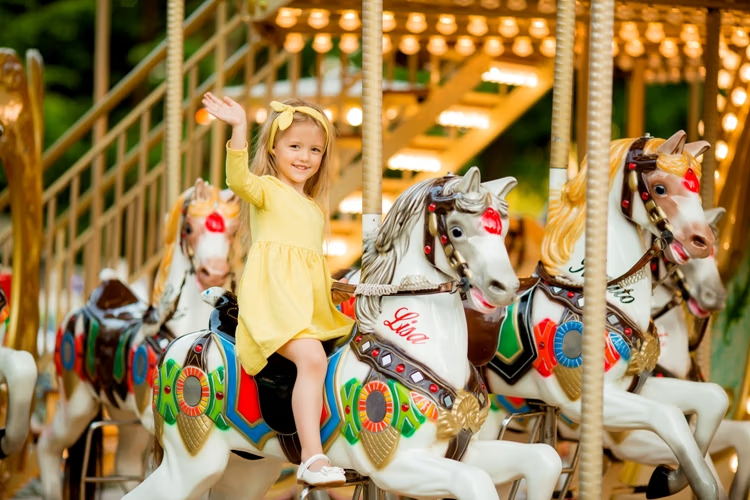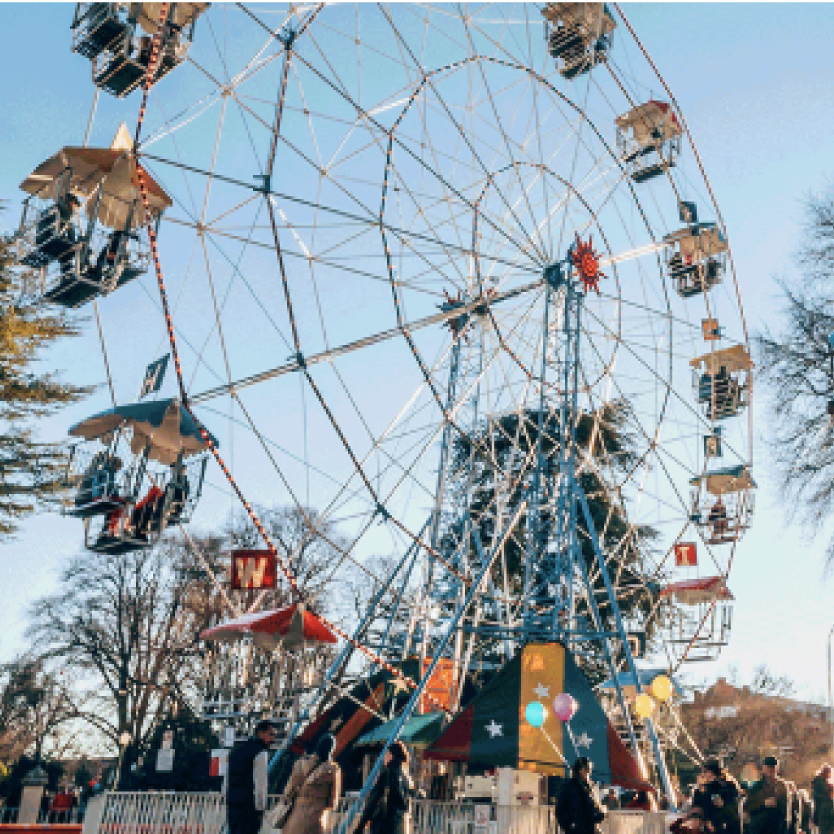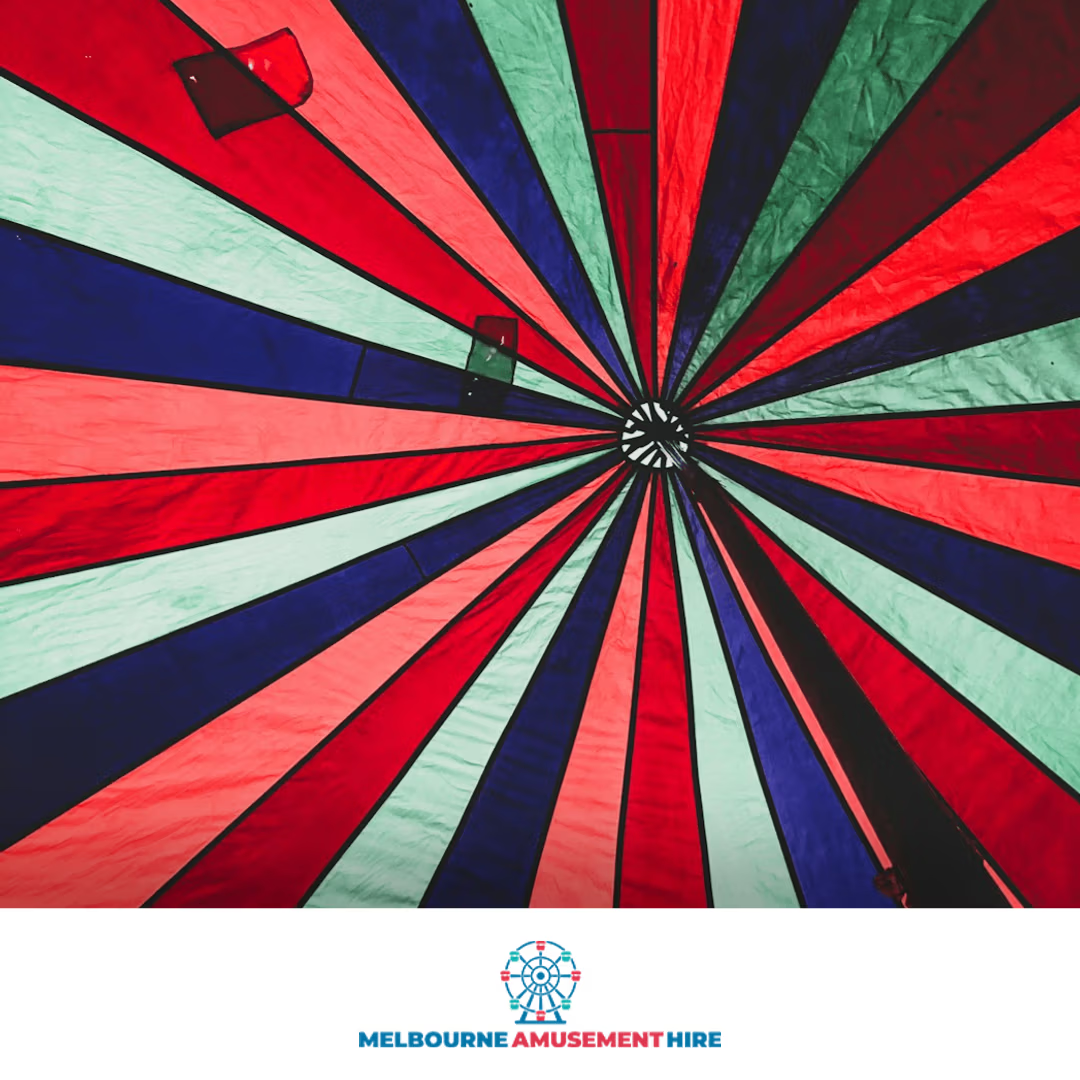When choosing different kids’ rides for hire, it is imperative to consider multiple safety and security factors. There are certain safety parameters that must be maintained in kids’ rides. This blog shares the complete checklist of the different safety factors to consider for kids’ rides. Here are the details to know. Start with checking the following:
Safety Factors to Consider for Kids’ Rides:
1. Check that there is a competent ride operator
2. The rides are maintained properly
3. The ride operator must have safe systems for work
4. Plan safe set-up and operation for the carnival
5. Consider the ride operator to plan safe set-up and operation
Location safety awareness:
The safety consideration for kids’ rides for hire includes location safety awareness. It is crucial to ensure that the location is large enough to accommodate the complete area the ride shall occupy when operating at full strength. Also, the ride must be positioned at least two meters away from other structures, buildings, and trees. Think about the space needed for adjacent rides. When choosing the location, check the following factors:
1. Above and below-ground services like the power “no-go” zones and gas
2. The nearby infrastructure – these include trees and buildings
3. General ground conditions
4. Accessibility and any slopes in the operating capacity of the equipment
5. Firmness of the ground that is supporting the weight of the operating amusement equipment and the delivery trucks
6. Any protection necessary for the general public
7. Weather conditions
Assembly and Installation Safety Measures:
Inquire about the person assembling and installing the ride. This confirms that they take care of the safe installation and assembly. There must be a risk assessment. The person assembling and installing the ride must ensure safe passage around the installation and enough fencing for public safety. If a crane, boom lift, elevated work platform, forklift, or other equipment is used to assemble or uninstall the ride, the operator should hold the proper license to operate the necessary equipment.
Restraint Systems:
The operator must demonstrate that the ride patron restraints are well-maintained and in working order.
It is important to check and have the operator show that all the latches and springs are functioning correctly.
1. Is a patron able to open the restraint from a carriage while the ride is still operating?
2. Check the seating requirements
3. Check the signs that show the rider height limitations
4. Make sure that all the signs are easily readable and are displayed in an open area.
Ask the ride operator to show that there is no risk of the rider being ejected from the ride. The ride operation manual and daily ride inspection checklist will help you verify this. This must be part of the ride operator’s documentation.
The Ride Safety Checklist for Kids’ Rides for Hire:
When hiring kids’ rides, ensure the operator is competent and the ride is maintained correctly. If the ride operator cannot offer evidence of his/her competence or show records of maintenance checks, he/she might not be a suitable choice for the event. Also, it is crucial to check the evidence of maintenance and safe operation of the ride. Start by asking the ride operator if the ride has an updated and well-maintained logbook.
The logbook must record details of insurance, daily set-ups, repairs, engineer inspections, and reports. The logbook also includes hazard identification and risk control documents and emergency response procedures. The operator should have a staff training register that includes the list of people hired and trained by the operator. The training register must be available to people hiring the ride.
There must be suitable risk control for recorded hazards. Ask about any outstanding safety regulators, like workplace safety notices. The ride operator must show evidence that a competent person will be controlling the kids’ rides for hire. They will ensure that the rides are safe. They must show evidence like training certifications, technical skills, experience in the industry, or references or testimonials from previous hires.







